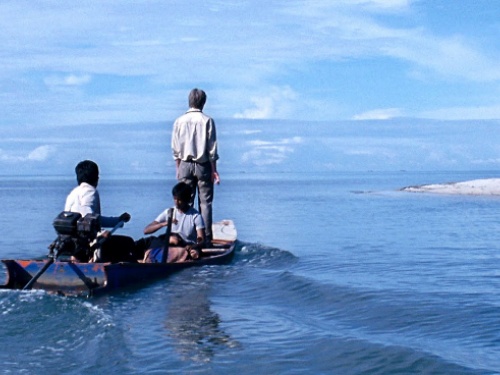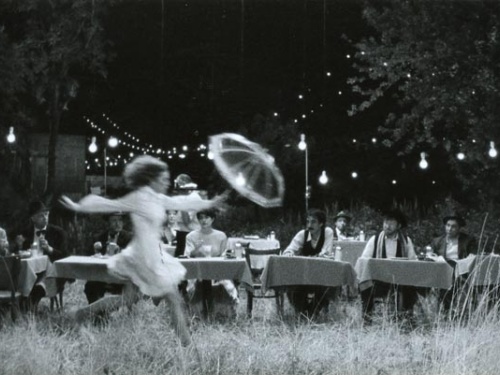On Chantal Akerman’s Les Rendez-vous d’Anna
A Nos Amours continues a retrospective of the complete film works of Chantal Akerman with Les Rendez-vous d'Anna (1978). Chris Petit will introduce the screening on Thursday 13 February, and for the ICA Blog, Adam Roberts shares his thoughts on Akerman's film.
Akerman’s protagonists in Les Rendez Vous d’Anna move as if without plans. A phone call or a message picked up in hotel lobby can cause a sudden change of itinerary. Does a train go to Cologne? – well, if so, then why not? Plans are made to take a room at a hotel on the spur of the moment. Lovemaking is suspended even after looked forward to with relish a moment before. Only the voice of a man with instructions for a trip yet to be taken on an answer machine seems certain about what is to happen next, but then we suspect such expectations are entirely provisional.
It is hard not to think that all is exhaustion, all is ennui. Passion is spent, ardour absent, partings taken without the comfort contact, no hugs, no kisses. Regret has to be inferred. Often a jump cut elides to moment.
And yet, we can detect many of the underlying facts of life: experience of the devastation of the war (the devastating Nazi war), the fate of many facing loss of mother tongue, migration, flight, the poignant attempt to find accentless pronunciation, the fact that for many the only hope is that one might have children, as if that might fill the void of overwhelming loss.
It is as if these bodies are only barely inhabited, as if their physicality is not animated by goings on inside, as if psychical energy has ebbed, as if the performance of being human is hardly worth the effort.
Beyond this however lies another set of strategies, aesthetic ones.
Chantal Akerman is the child of a European cinema, the tradition of Robert Bresson:
No actors.
(No directing of actors).
No parts.
(No learning of parts).
No staging.
But the use of working models, taken from life.
BEING(models) instead of SEEMING(actors).
(from Notes on Cinematography)
Chantal Akerman is also the child of New York, and in particular a New York where Steve Paxton and Yvonne Rainer searched for a new kind of blank perfomative moment. Yvonne Rainer laid down the program:
No to spectacle
No to virtuosity
No to transformations and magic and make-believe
No to the glamour and transcendency of the star image
No to the heroic
No to the antiheroic
No to trash imagery
No to involvement of performer or spectator
No to style
No to camp
No to seduction of spectator by the wiles of the performer
No to eccentricity
No to moving or being moved
She went on:
The challenge might be defined as how to move in the spaces between theatrical bloat with its burden of dramatic psychological “meaning”—and—the imagery and atmospheric effects of the nondramatic, nonverbal theatre.
(from: Some retrospective notes on a dance for 10 people and 12 mattresses called Parts of Some Sextets, performed at the Wadsworth Atheneum, Hartford, Connecticut, and Judson Memorial Church, New York, in March 1965)
Les Rendez-vous d’Anna can be seen as an attempt to synthesise these projects, while at the same time looking into the heart of European darkness.
Adam Roberts
www.anosamours.co.uk
This article is posted in: Articles, Film
Tagged with: Chantal Ackerman, A Nos Amours, Adam Roberts





